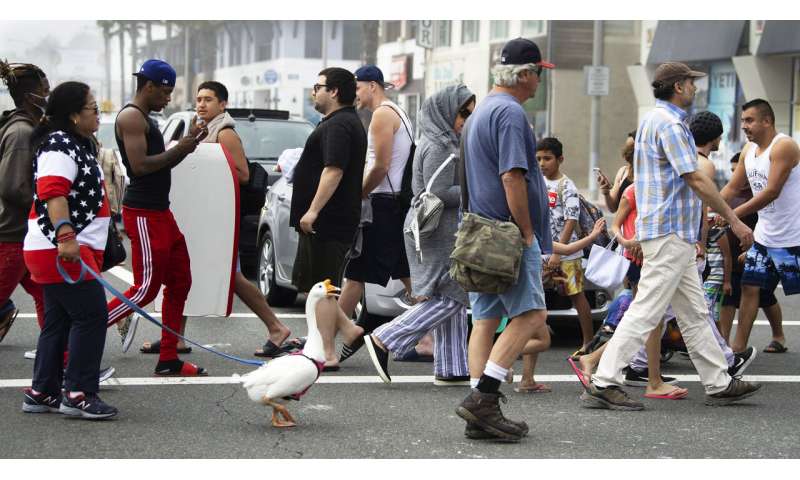
Nations and U.S. states have begun easing coronavirus lockdowns, each pursuing their own approach but all with a common goal: restarting their economies without triggering a new surge of infections.
Restrictions are being lifted in a piecemeal fashion with no clear signs of coordination among countries. Some have restarted construction work, while others never shut down building sites in the first place. Hair salons and restaurants were reopening in some U.S. states, while elsewhere such steps are still weeks away.
British Prime Minister Boris Johnson was back at work Monday after a bout with the virus that by his own account nearly cost the 55-year-old leader his life. His government was resisting the trend toward reopening.
Johnson said Britain was starting to “turn the tide” on the outbreak but added “it is also the moment of maximum risk” because easing the lockdown that now lasts until May 7 could produce a second spike in infections.
“I refuse to throw away all the effort and the sacrifice of the British people and to risk a second major outbreak and huge loss of life and the overwhelming of the NHS (National Health Service),” he said. “I ask you to contain your impatience.”
Technology is likely to play an important role in helping countries ease their restrictions, although the use of such apps is raising privacy concerns.
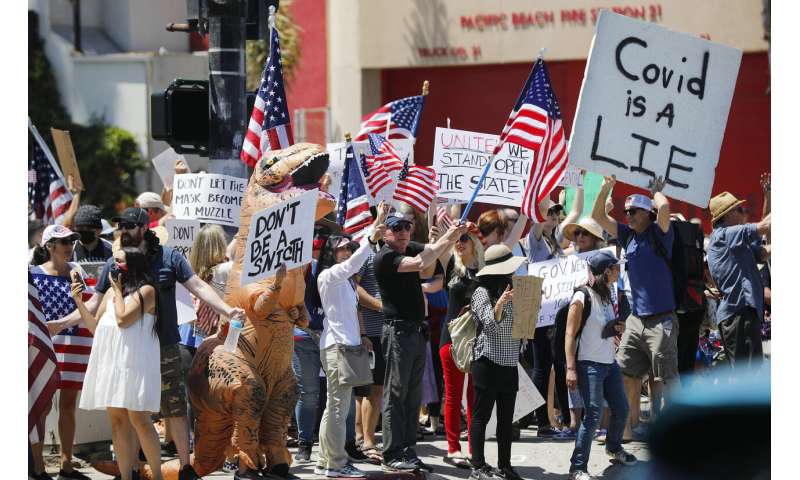
In Australia, which has seen a particularly low number of COVID-19 deaths, Chief Health Officer Damian Murphy said Monday he was “really excited” by the early popularity of an app designed to accelerate contact tracing for coronavirus.
Within 12 hours of the Australian-developed COVIDsafe app becoming available, 1.13 million of Australia’s 26 million people had downloaded it onto their smartphones, despite some privacy concerns.
Australian officials intend to rush legislation through Parliament to outlaw use of collected data for purposes other than tracing people who might have COVID-19. They have also promised to release the app’s source code within two weeks so independent analysts can better understand how it works and its privacy implications.
The government says at least 40% of Australia’s population needs to use the technology based on Singapore’s TraceTogether app for it to be effective.
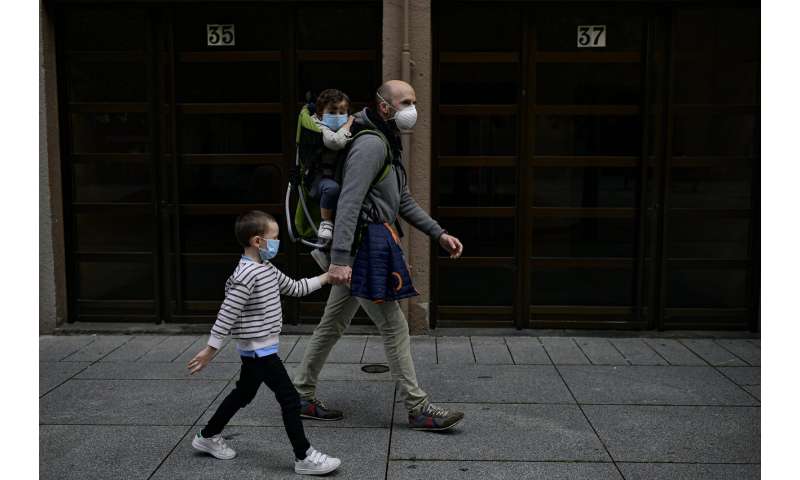
Authorities hope the app will help Australia safely reopen the economy by enabling health officials to quickly identify and contain new outbreaks.
This week, Australia will resume non-urgent surgeries this week for the first time since March 27. The country has 83 recorded coronavirus deaths. In New Zealand, people will be able to buy takeout restaurant food again starting at midnight Monday.
In Spain, one of the worst-hit countries by the virus, Prime Minister Pedro Sanchez was to present a detailed plan Tuesday for the “de-escalation” of his country’s lockdown, but said it would be cautious. His French and Greek counterparts were also unveiling their reopening plans Tuesday.
Spain’s easing of restrictions kicked off Sunday as children under 14 were allowed to leave their homes for the first time in six weeks.
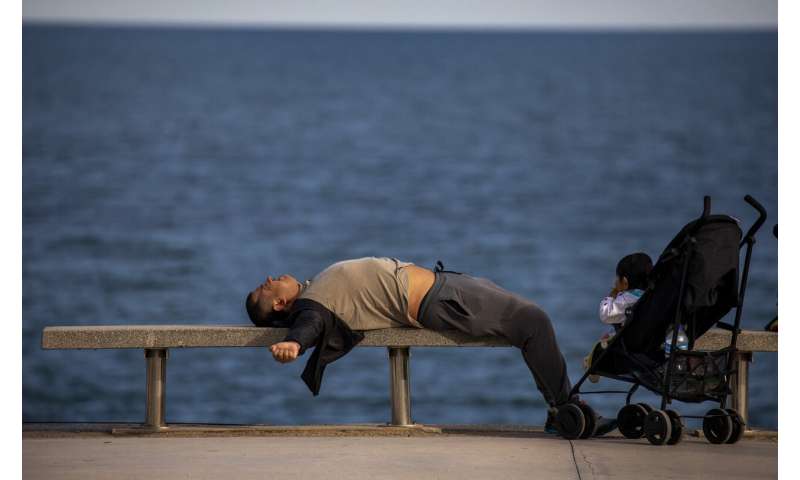
The Czech Republic, another country with relatively low COVID-19 deaths, was also easing restrictions, opening smaller stores. Zoos and botanical parks, fitness centers and driving schools were open and public gatherings of up 10 people were allowed, up from two. Social distancing rules and face masks remain mandatory.
In a boost for the economy, the three Czech plants of Skoda Auto belonging to Germany’s carmaker Volkswagen renewed production on Monday. The company creates some 34,000 jobs.
The official death toll from the virus neared 207,000 worldwide, with nearly 3 million confirmed infections, according to a tally by Johns Hopkins University. The pandemic’s true toll is believed to be much higher, because of inadequate testing, differences in counting the dead and governments that are concealing the extents of their outbreaks.
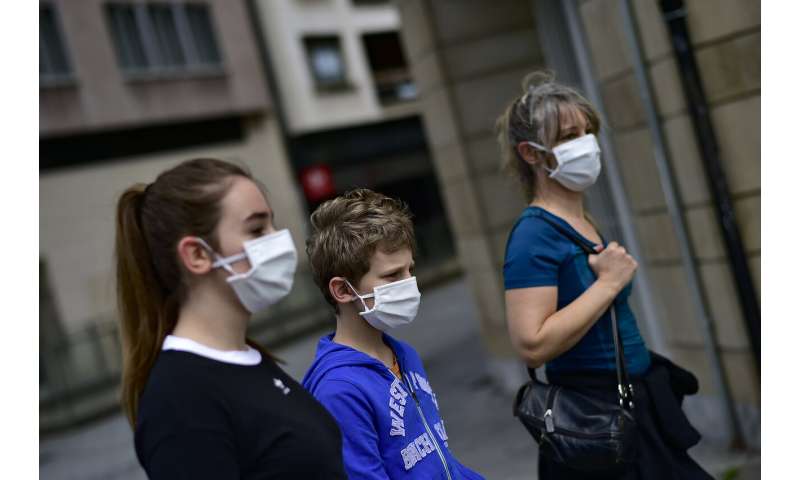
The U.S. death toll was nearly 55,000—close to the 58,000 U.S. troops who were killed during the Vietnam War. Italy, Britain, Spain and France accounted for more than 20,000 deaths each.
Some encouraging signs were seen, however, as Italy recorded its lowest 24-hour number of deaths since mid-March, with 260. New York state registered its fewest since late last month, with 367.
In China, state-run media said hospitals in Wuhan, the original epicenter of the pandemic, no longer have any COVID-19 patients. And in Japan, the central bank eased monetary policy, prompting a surge in the stock market.
Seven weeks into Italy’s strict lockdown, Premier Giuseppe Conte laid out a long-awaited timetable for easing restrictions, announcing factories, construction sites and wholesale supply businesses can resume as soon as they implement safety measures against the virus.
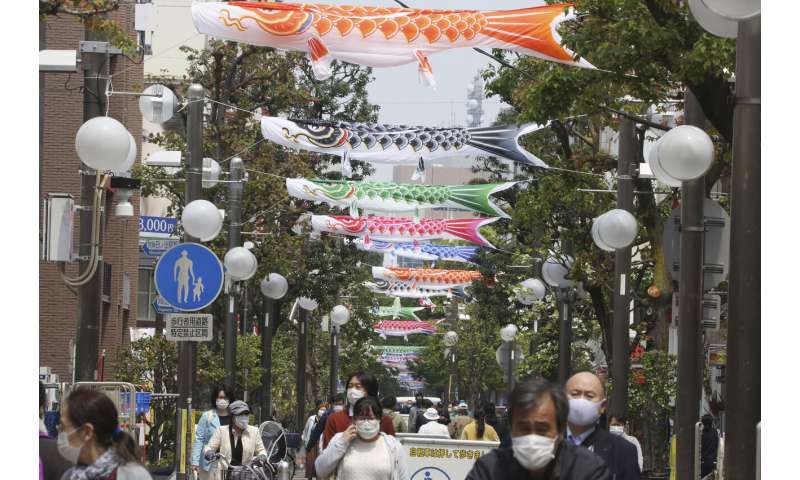
Conte said parks and gardens will reopen, funerals will be allowed, athletes can resume training, and people will be able to visit relatives living in the same region from May 4. If all goes well, stores and museums will reopen May 18, and restaurants, cafes and salons on June 1.
In a measure dear to the hearts of his countrymen, professional sports teams can resume training on May 18. That means the Serie A soccer league could resume playing games in June.
Some worry that quickly lifting measures imposed to halt the coronavirus pandemic could spark a resurgence in infections.
In the U.S., governors in states including hard-hit New York and Michigan are keeping stay-at-home restrictions in place until at least mid-May, while their counterparts in Georgia, Oklahoma and Alaska are allowing certain businesses to reopen.
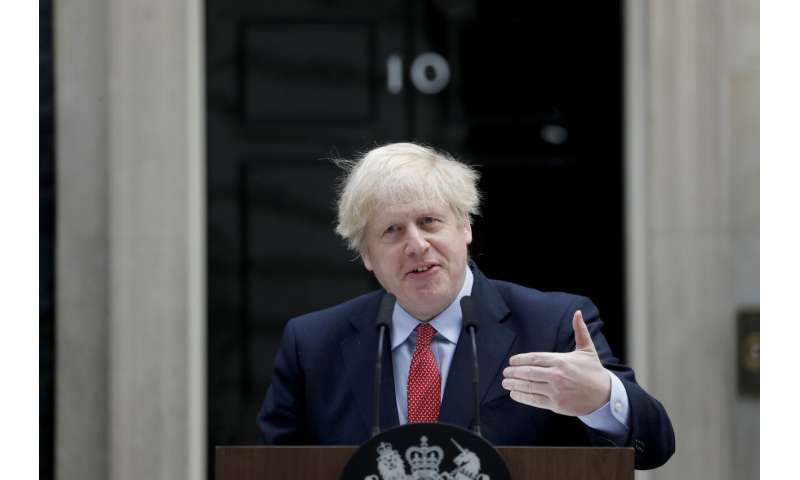
The split in approaches to reopening in the U.S. has often been along partisan lines.
Oklahoma Gov. Kevin Stitt, a Republican, said with hospitalizations dropping in his state, he will reopen churches and restaurant dining on Friday, with social-distancing guidelines in place.
But Michigan Gov. Gretchen Whitmer, a Democrat, told ABC that her state is not ready and needs more robust testing, community tracing and a plan for isolating people who get sick.
“We’ve got to be nimble and we have to follow the science and be really smart about how we reengage,” she said.
In a sign that it could get harder to enforce restrictions, a lingering heat wave in California lured people to beaches, rivers and trails Sunday, prompting warnings that defiance of stay-at-home orders could reverse progress.
China, meanwhile, was fighting back against calls for an investigation into its role in the coronavirus pandemic, citing faults with the U.S. response to the outbreak and calling for Washington itself to admit its errors.
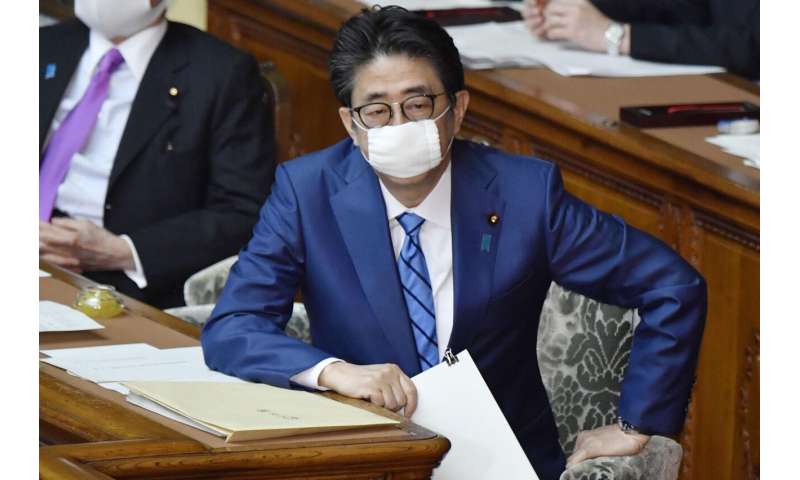
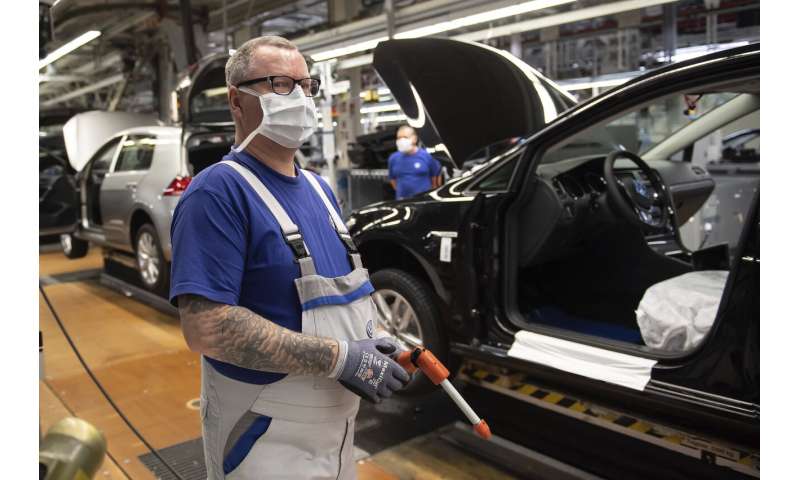
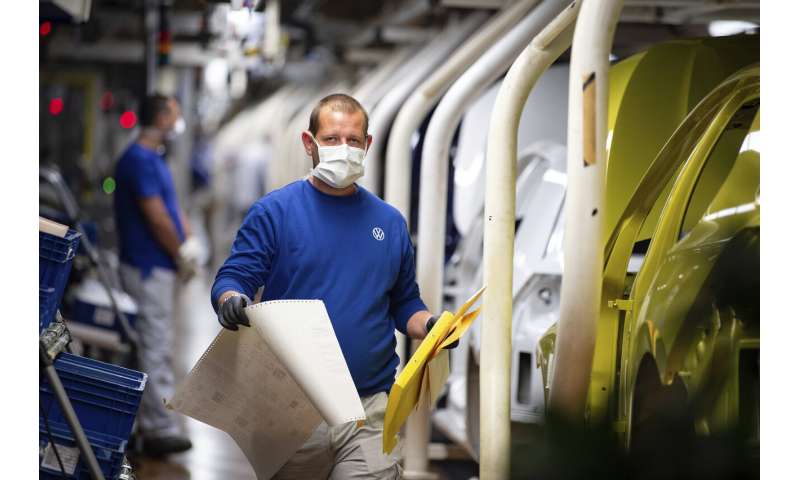
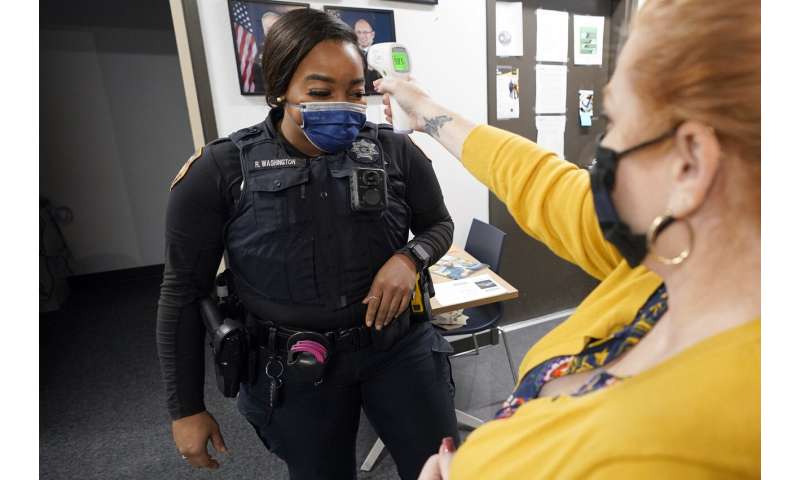
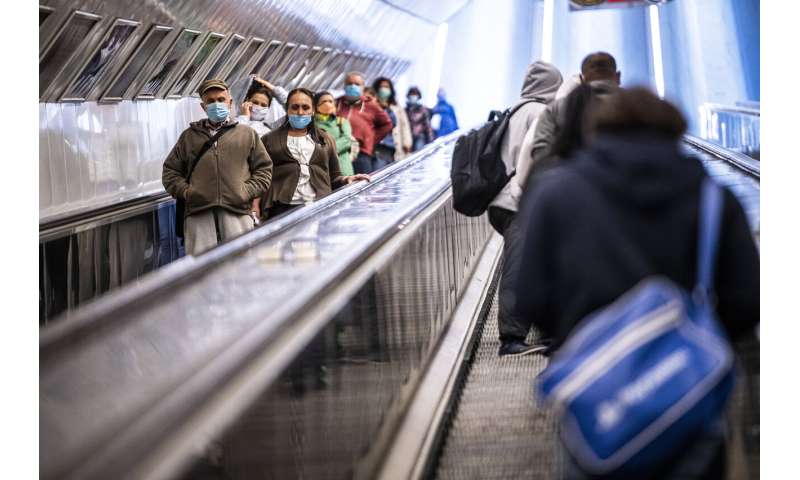
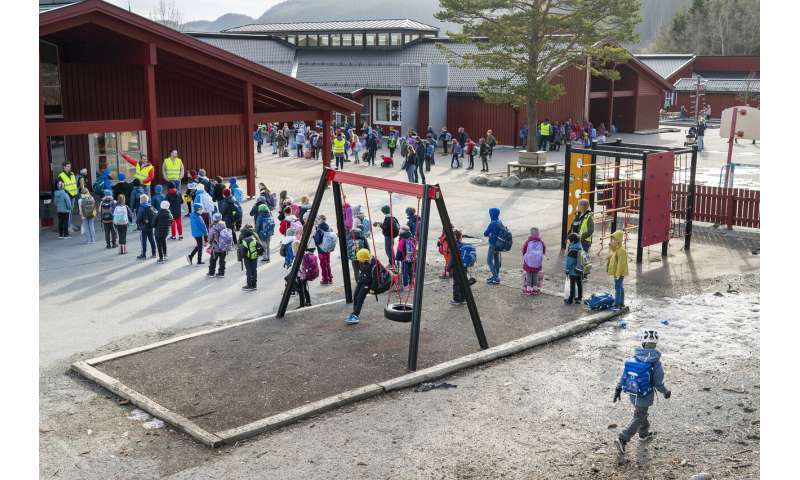
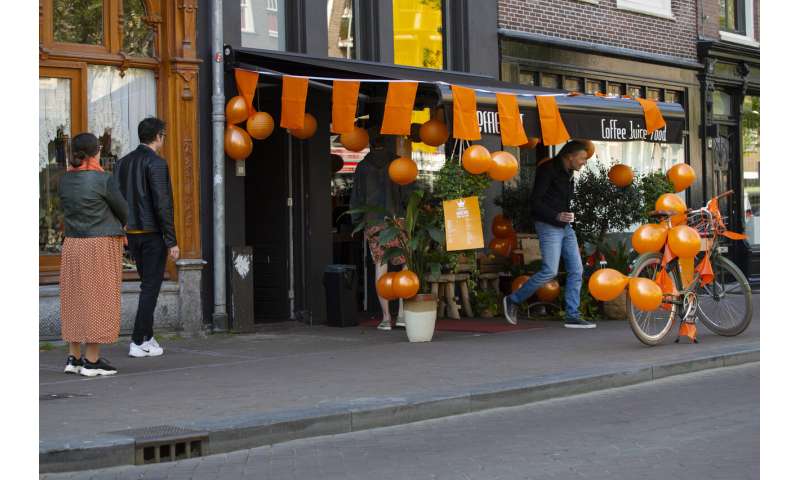

“Indeed, lately in the U.S. many people are questioning whether the U.S. government responded in a timely and effective manner,” Foreign Ministry spokesman Geng Shuang said at a daily briefing.
He suggested the World Health Organization could help investigate the U.S. response.
Source: Read Full Article
